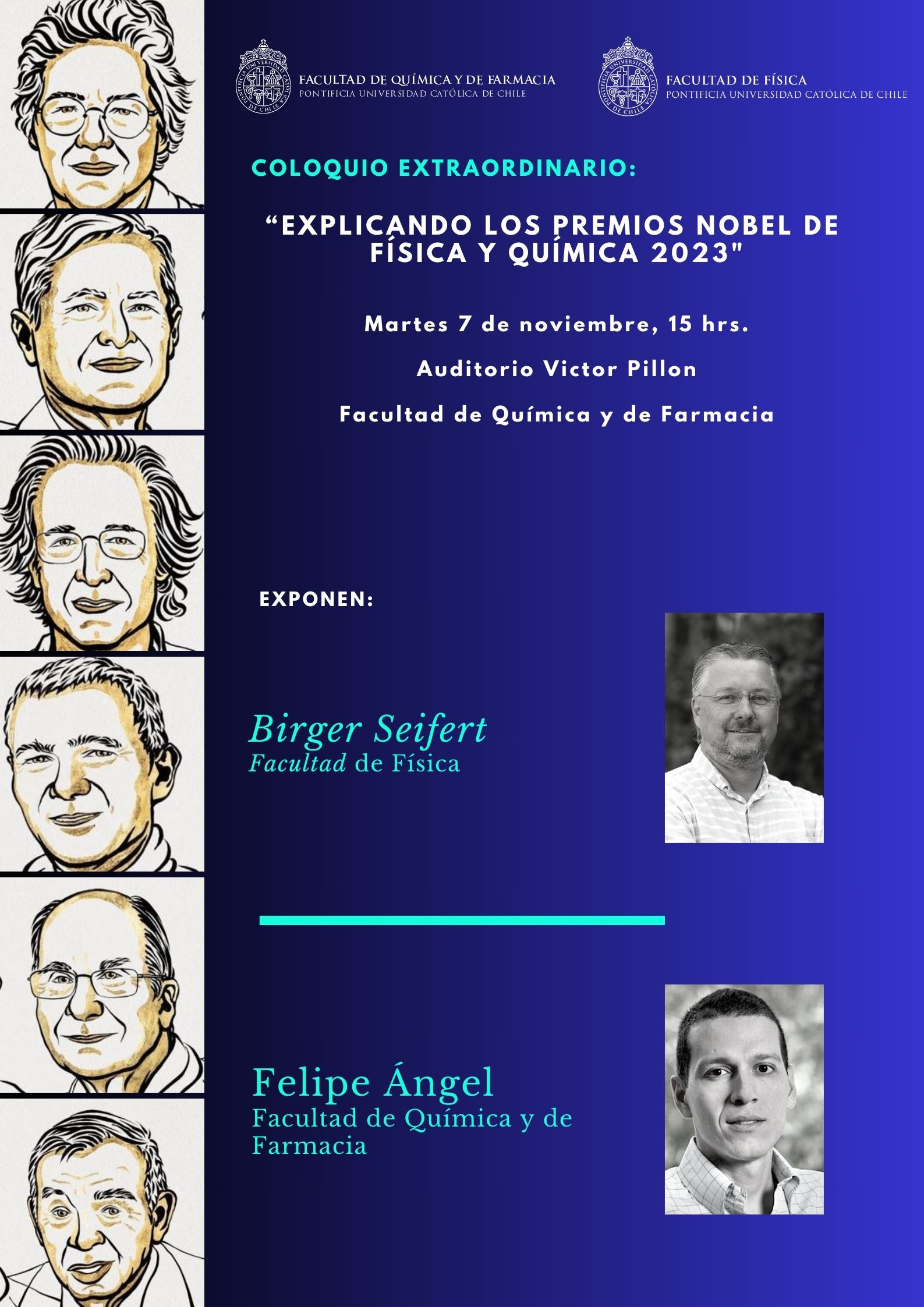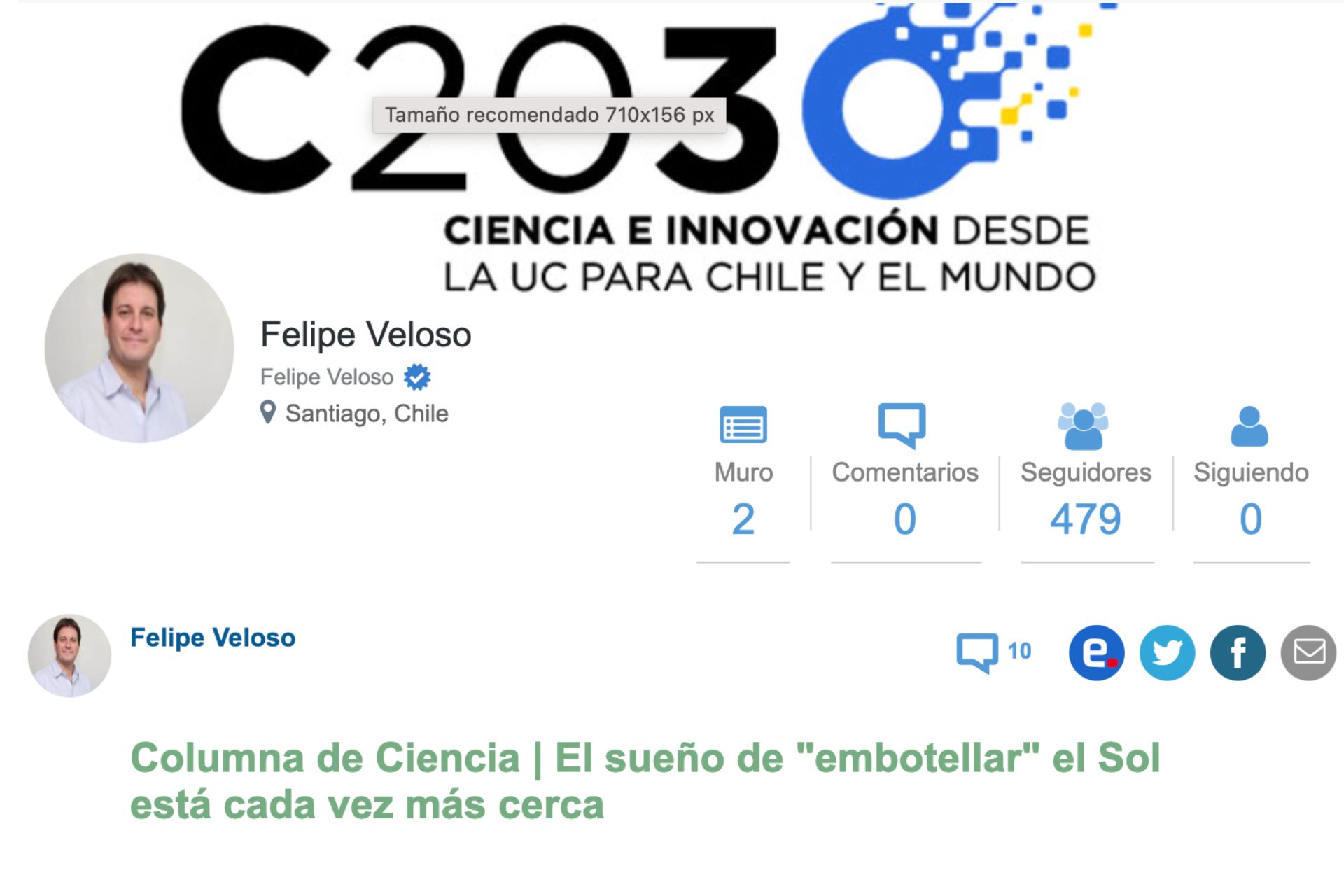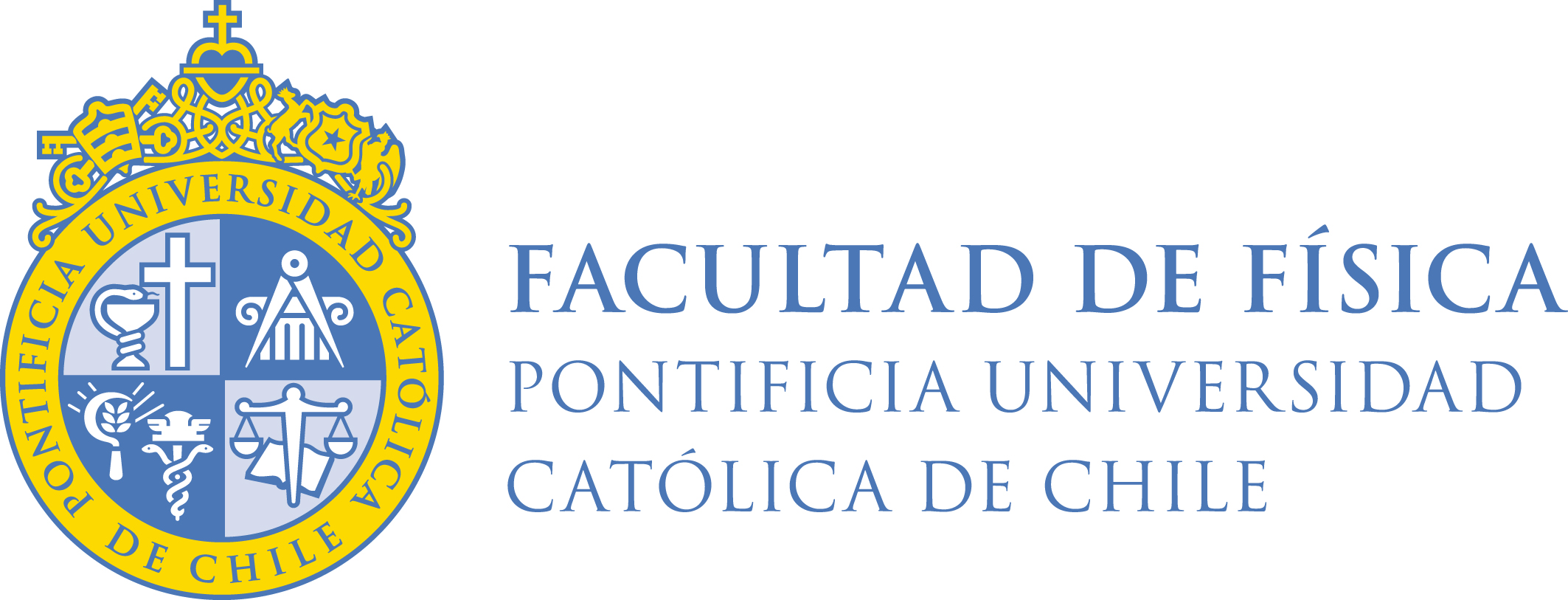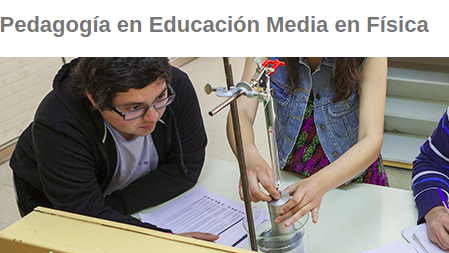La ruta de la ciencia: Ciencia 2030 UC reúne historias exitosas de innovación y emprendimiento
Desde los productos Tika, hasta el desarrollo de vacunas durante la pandemia, serán parte del encuentro virtual organizado por esta iniciativa apoyada por ANID, que reúne a cinco facultades UC para potenciar la conexión entre ciencia y sociedad interviniendo desde el pregrado universitario.
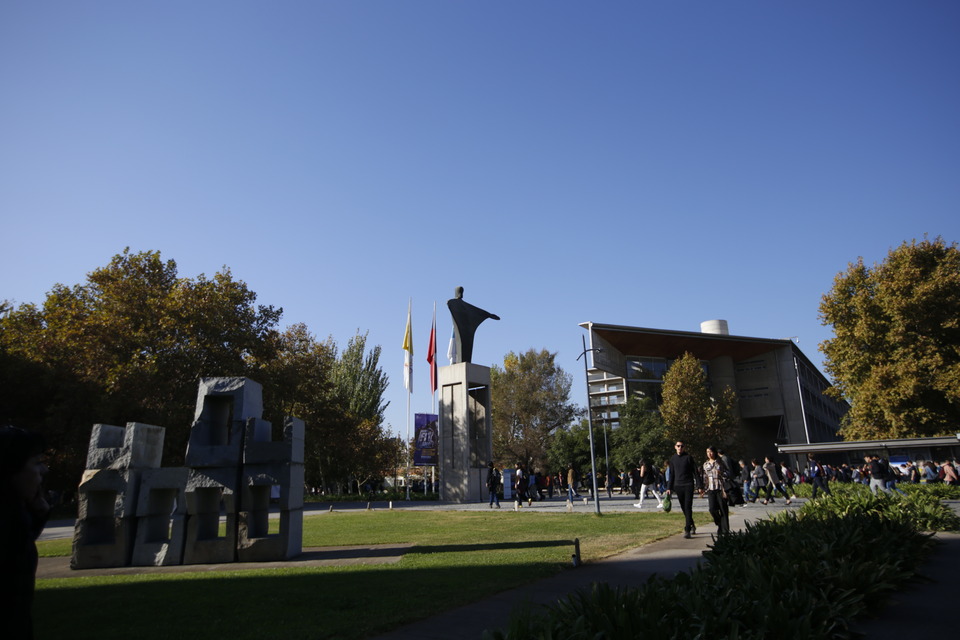
Todo comenzó con un sueño, literalmente. Carolina Echenique soñó con chips de colores que caían del cielo, y eso fue el punto de partida para una de las innovaciones más exitosas de los últimos años en Chile: los snacks Tika. Durante un año trabajó esta idea e incluso montó un laboratorio en el garaje de su casa, donde comenzó a experimentar con tubérculos nativos como papas chilotas, camotes y otros ingredientes, para crear chips caseros de múltiples colores.
La historia de este emprendimiento que logró hacerse un lugar en un nicho dominado por gigantes -alcanzado un 8% del mercado de los snacks-, será una de las que conoceremos el próximo 24 agosto desde las 18:30 horas en “La ruta de la ciencia”, conversatorio virtual organizado por Ciencia 2030 UC para dar a conocer el trabajo que se realiza en la universidad para una mayor conexión de la ciencia con la sociedad, aumentar la participación femenina en ciencias y potenciar la creación de empresas de base científico tecnológica en el país.
Las cifras indican que el gasto en I+D del país todavía es insuficiente, las empresas sólo financian el 23,2% de la innovación, en tanto que sólo el 7,5% de profesionales con grado de doctor trabaja en la empresa privada. Isabel Reveco, coordinadora de la iniciativa apoyada por CORFO y ANID y en la cual participan cinco facultades UC, señala que “la inversión en I+D que se realiza en Chile es de 0,34% del PIB (año 2019), el promedio de la OCDE es superior siete veces. Para fomentar esta conexión de la ciencia con el entorno se ha creado el programa Ciencia 2030, del cual como UC somos parte”, señala.
Una de las claves para avanzar en esta dirección es contar con políticas públicas que promuevan la innovación desde la investigación y el desarrollo científico, permitiendo que países pequeños como el nuestro puedan diversificar y sofisticar su matriz productiva y avanzarhacia una economía basada en el desarrollo de conocimiento. Claudio Maggi, Gerente de asuntos estratégicos CORFO, será uno de los expositores que el próximo 24 de agosto nos comentará sobre la importancia de iniciativas que promueven estos aspectos.
En el encuentro también conoceremos detalles de la labor desarrollada durante la pandemia en la Universidad Católica. La Dra. Susan Bueno, académica de la Facultad de Ciencias Biológicas y directora científica de la vacuna CoronaVac en Chile, nos contará acerca de la importante labor desarrollada durante la pandemia para poder disponer de una vacuna contra el coronavirus, un círculo virtuoso donde participó la academia, la empresa privada y el Estado.
Otro aspecto del trabajo en innovación será presentado por Carolina Echenique, ex alumna de la Facultad de Agronomía e Ingeniería Forestal UC y creadora de Tika, quien nos contará su historia de emprendimiento de base científico-tecnológico: los snacks elaborados con ingredientes 100% naturales, a partir de tubérculos nativos nunca antes usados en la industria de los alimentos, cuentan con más de cinco mil puntos de venta en todo Chile, y se exportan a más de quince países en todo el mundo.
El encuentro contará con la participación de Patricia Muñoz, Subdirectora de Redes, Estrategia y Conocimiento de ANID, además del Vicerrector de Investigación Pedro Bouchon y el Vicerrector Académico Fernando Purcell. También participarán como panelistas los decanos Max Bañados (Facultad de Física); Juan Correa (Facultad de Ciencias Biológicas); Rodrigo Figueroa (Facultad Agronomía e Ingeniería Forestal) Mario Ponce (Facultad de Matemáticas) y Alejandro Toro (Facultad de Química y de Farmacia).
No te pierdas “La ruta de la ciencia”, el próximo miércoles 24 de agosto desde las 18:30 horas, vía YouTube oficial de la Universidad Católica. Inscripciones en el siguiente enlace.
Link de transmisión vía YouTube Universidad Católica





